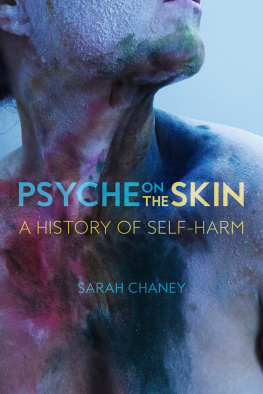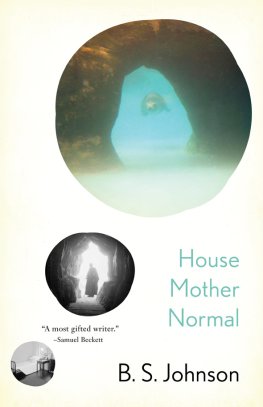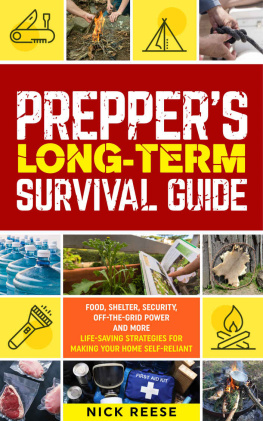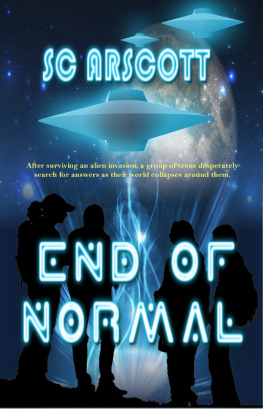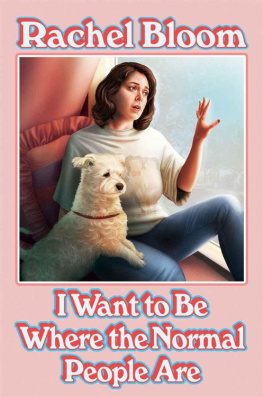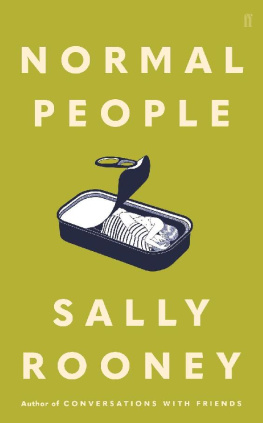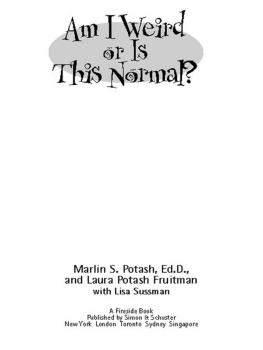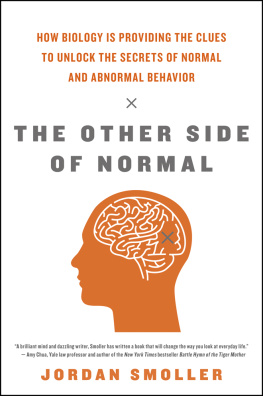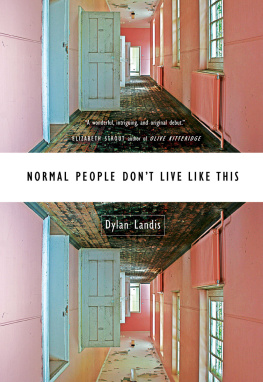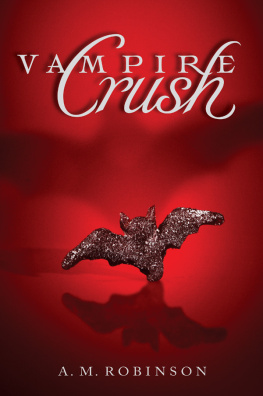ACKNOWLEDGEMENTS
When I told my god-daughter Willow, then aged eleven, the subject of the new book I was writing she expressed a certain amount of disbelief before offering to write it for me. The folded piece of A4 paper she produced took pride of place on my desk and has kept me going in the three long years since. Am I normal? asks the cover of Willows book and the question is answered inside: NO! Deal with it. Its a beautiful summary of a complicated topic.
There are many other people Id like to thank for their help in the writing of this book, and the research on which it has been built. I could not have done any of it without all the archives and libraries Ive used: the Wellcome Library, the British Library, the Royal College of Nursing Library and Archive, the archive of the Royal Academy of Science, Letters and Fine Arts of Belgium, UCL Special Collections, the Salvation Army International Heritage Centre and Bethlem Museum of the Mind. Especial thanks are due to Ross MacFarlane and Alice White at the Wellcome Library for their ideas and suggestions and Subhadra Das and Hannah Cornish at UCL for talking me through the Galton Collection.
My thanks are also due to my colleagues at Queen Mary, University of London and the Royal College of Nursing who have supported me through this work, in particular Anna Semmens at the RCN and Thomas Dixon at QMUL, who have been unfailingly supportive managers, and Emma Sutton and Frances Reed, who offered their time to read and discuss early drafts and final chapters. I would also like to thank the other friends, family members and colleagues who kindly read draft chapters and offered useful suggestions and criticisms: sa Jansson, Debbie Shipton, Becky Matthews, Indy Lalli, Lauren Cracknell, Alice Nicholls, Sasha Garwood Lloyd, Sally Frampton, Gemma Angel, Gail Robertson, Shaz Lockwood, Nat Hayden, Tara and Mike Alexander, Jane Fradgley, Brian and Kathy Chaney, Alison Feeney and Stewart Caine.
An enormous debt of gratitude is owed to Francesca Barrie, my editor, for her advice, criticism and enthusiasm throughout. This book is much better because of her. Thanks also to everyone at Wellcome and Profile Books, in particular Sam Matthews for copy-editing, and to the Wellcome Trust for funding much of the research on which this book is based.
Writing in isolation can be a soul-destroying process, and Im incredibly grateful to everyone who has kept me going. Thanks to the Post Doc crew at QMUL for those invaluable weekly catchups, and to the Ministry of Fun at the RCN for crosswords and quizzes. Thanks to Michelle, Sadie (Queen of Quiplash) and Willow (Queen of Gotham) for virtual games and vegan treats, and to Kate, Lee-Anne and Sheila for watch-alongs from afar. And a massive thank you to the Genting gang, who Ive been lucky enough to see more than ever in the last couple of years: Gail, Shaz, Nat, Tara and Holly, love you for ever.
Last but very much not least, thank you to my family for their unfailing support. To Stewart, who read and compared repeated drafts with remarkably little complaint (and to Charles and Erik the cats, who provided much-needed cuddles). To Mum and Dad for their suggestions and interest, and to Ali for the most incredibly thoughtful comments on chapter 6, and for getting me out of London on all-too-rare occasions.
And finally, much love to the newest members of the family: to Annabel, with whom online baking has been a real highlight of the past two years, and to Lara, whose infectious smile stays with me always.
A BRIEF HISTORY OF THE NORMAL
NATURES ERRORS
The story of the normal as we know it begins on New Years Day 1801, with an Italian priest and astronomer, Giuseppe Piazzi. He spotted a new star in the sky while searching for a planet between Mars and Jupiter. Piazzi tracked the movements of this star which he named Ceres after the Roman goddess of agriculture until 11 February, when it was too close to the sun and disappeared. In October (news travelled considerably more slowly in those pre-internet days) Piazzis published data reached the twenty-four-year-old German mathematician Carl Friedrich Gauss.
Whereas Piazzi had been unable to take enough measurements to determine Ceres orbit, Gauss used a mathematical formula to create an average that, when plotted on a graph, created a rough bell-shaped curve, rising into a rounded peak at the centre with a long tail on either side. Gauss claimed that Ceres would emerge at the point shown in the exact centre of this curve. On the next clear night, the young mathematician was proven right. The German star spotters name soon became associated with the bell curve and even today it is sometimes known as a Gaussian distribution.
For centuries, astronomers had recognised that measurements in their field were subject to mistakes. They accounted for this by taking a large number of measurements. Small errors were made more often than large ones, and it was this that created the shape of the curve plotted by Gauss. So far, so good. You might have done a very basic version of this yourself when putting up shelves or something. Checking measurements over and over before drilling the necessary holes. Im invariably a few millimetres out, all the same. But what on earth do the efforts of astronomers and amateur carpenters to accurately measure distance have to do with the norms of human life?
We owe the collision to one very active Belgian statistician: Adolphe Quetelet, born in Ghent in 1796. Theres a street named after this scientist in Brussels, where the former royal observatory Quetelets home for forty years was located. I visited a few years ago, and charity workers in the former observatory building no doubt wondered why someone was taking photos of their office. Place Quetelet was just an ordinary city street. Unremarkable. Normal. Quetelet, who idealised the ordinary, would probably have been happy with this development.
The young Adolphe Quetelet grew up in a turbulent time for Belgium, which drove his passion for understanding human society. Ghent was controlled by Napoleonic France during his childhood but then, when the statistician was nineteen years old, the Dutch-speaking city became part of the United Kingdom of the Netherlands, and he studied science at the newly founded University of Ghent. Then, in 1830, the Belgian Revolution came along and cast his young career as royal astronomer into disarray the observatory was very nearly turned into an arsenal. The revolution sent Quetelet on a path away from astronomy to the study of society: he brought with him, however, the astronomers methods.
In 1835, five years after the revolution, Quetelet published his most famous book: On Man and the Development of His Faculties, or Essay on Social Physics. Seeking order in human society after the recent upheaval, Quetelet took the astronomers error curve and applied it to human measurements. It was not obvious this would work, given the significant difference in the kinds of data. Pinpointing a stars correct location is not the same as, say, measuring human height. There is no true measurement of height, only an average based on the most common height in a population. Its important to remember, however, that the background of truth and error in astronomy meant that the normal in humans was, from the very first, bound up in the assumption that the normal was correct, as well as average. Those people who did not meet the normal ideal became errors not, this time, of the astronomer, but mistakes of God or nature.
One simple graph, then, began the scientific obsession with the normal. The bell curve remains in widespread use across the social and life sciences today; you might dimly remember it from school. But its origin makes it clear how far the normal distribution has diverged from its intended function. There are many things that affect human measurements that dont apply to the location of stars, after all. Take height. In the UK, Mr Average stands at 5 foot 9, while Ms Average is 5 foot 3.5. Around 95 per cent of the adult population is within two standard deviations of this height: that is, between 5 foot 4 and 6 foot 1 for men and 4 foot 11 and 5 foot 8 for women. Of course, 95 per cent of the population isnt even


